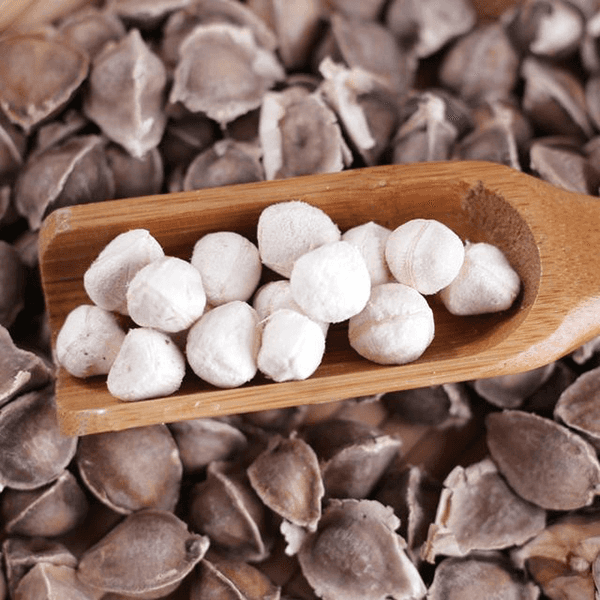Lipids serve as a concentrated source of energy and play a vital role in maintaining physiological functions in living organisms. They are also carriers of flavors, essential fatty acids, fat-soluble vitamins, and various bioactive compounds.
Moringa oleifera, native to the Himalayas and widely grown in Asia and Africa, contains approximately 35-40% seed oil. This Moringa oleifera oil (MOO) has a light-yellow color with a mild nutty flavor. Its fatty acid composition makes it highly suitable for both edible and non-edible applications. MOO possesses exceptional resistance to autoxidation, making it an ideal antioxidant for the long-term stabilization of commercial edible oils.
In terms of thermal stability, MOO surpasses soybean, sunflower, canola, and cottonseed oils. The high oleic content of MOO is believed to have the ability to increase beneficial HDL cholesterol levels while reducing serum cholesterol and triglycerides. MOO has also found applications in cosmetics, traditional medicines, and skincare formulations.

Process Description:
1.Material cleaning
During the harvesting, drying, transportation, and storage processes, the oil often gets mixed with impurities such as sand, soil, stems, leaves, and ironware. It is crucial to remove these impurities before production as they can hinder the production process. The impurities in the oil can be categorized into inorganic, organic, and oily impurities.
Methods used for removal:
- Screening
- Magnetic separation
- Water separation
- Stone removal
2.Oil shelling and separation of kernel shell
3.Material drying
This step involves reducing the moisture content of high-moisture oil to a suitable level. Since oil seeds are sometimes harvested during the rainy season, they tend to have high moisture content. Drying is necessary to ensure safe storage and attain the desired moisture level.
4.Material crushing
5.Low-temperature frying of seeds
6.Low-temperature oil pressing
The oil screw press machine, driven by power, utilizes a screw shaft to continuously rotate within the press cage, effectively pressing the raw material to extract oil. This method ensures a low working temperature, high oil quality, and minimal change in cake protein.
7.Crude oil purification
Filtration is an essential stage of pretreatment, which refines the crude oil after the filtration process.
Machine Parameter:
|
Item
|
Z26 Plate Frame Oil Filter
|
YLB307 Plate Frame Oil Filter
|
YLB307L Plate Frame Oil Filter
|
YLB470 Plate Frame Oil Filter
|
|
Specification
|
Filter Area: 1m2
Capacity: 85-100 kg/h
Plate Size: 260*260mm
Plate Quantity: 8 pcs
Power: 0.55 kw-4P
Size: 900*410*750mm
Weight: 180 kg
|
Filter Area: 3m2
Capacity: 120-180 kg/h
Plate Size: 355*355mm
Plate Quantity: 13 pcs
Power: 1.5 kw-4P
Size: 1270*570*640mm
Weight: 430 kg
|
Filter Area: 4m2
Capacity: 190-250 kg/h
Plate Size: 355*355mm
Plate Quantity: 18 pcs
Power: 1.5 kw-4P
Size: 1520*570*640mm
Weight: 550 kg
|
Filter Area: 7m2
Capacity: 450 kg/h
Plate Size: 470*470mm
Plate Quantity: 18 pcs
Power: 1.5 kw-4P
Size: 1650*700*780mm
Weight: 1040 kg
|
Details Picture:



